Francesca Da Rimini: Sensuality and Sin, Passion and Heroism
var
pdfbuttonlabel="Save page as PDF"
"Galeotto fu 'l libro e chi lo scrisse/quel giorno più non vi leggemmo avante" (culprit was the book and who wrote it/that day we did not read more of it). With these words Francesca da Rimini takes leave from Dante and Virgilio at the end of the 5th Canto of the Inferno, the first part of the Dante's Comedy. The sensuality involved in these final lines (they did not read more because busy with other recreational activities…), especially when uttered by a girl, is groundbreaking, as groundbreaking and everlasting is Francesca’s portrayal by the Massimo Poeta.
It is around this mythical figure that a conference revolved at NYU Casa Italiana. The panelists were Antonella Beltrami, Culture Commissioner of the City of Rimini; Maurizio Melucci, Tourism Commissioner of Emilia-Romagna Region; NYU’s Professor John Freccero; and one of the most important experts of Dante in the world, Ferruccio Farina. The panel was moderated by Columbia University’s Nadia Urbinati.
Like many of the Divine Comedy’s characters, Francesca really existed. Daughter of a nobleman from Ravenna, she had to get married for political reasons to the deformed Gianciotto Malatesta. However, knowing that she would never agree to marry Gianciotto should she see him, their parents decided to have the handsome brother of Gianciotto, Paolo, come and attend the marriage as Gianciotto’s proxy. Francesca and Paolo fell in love and, when Gianciotto eventually found out about the affair, killed them both. Their souls are placed by Dante in the second circle of hell, where carnal sinners are punished.
As Freccero pointed out, Francesca’s status of heroin is created by Dante himself, it is not a later construct. She is the only one who speaks with the poet and relates the facts with remarkable consciousness and awareness, while Paolo is just a silent weeping figure next to her. On this cornerstone many artists (in literature but in the figurative arts as well) built countless works, making Francesca one of the longest lasting and most written- and painted-about female literary figures ever.
According to a census by Farina, more than 700 works of art revolve around Francesca’s character. There is however a strong evolution of her figure: Dante’s Francesca is physically unattractive, and resigned to her punishment. Over the centuries she is transformed both physically – she became a beautiful girl – and psychologically. The later Francesca is a herald of feminism and patriotism, a Romantic heroin who fights for Love against violence. Considering the themes involved in the metamorphosis, it should be no surprise that the first appearance of the new Francesca is in a Jacobin short poem, in 1795. Since then she began an “international tour” that brought her all around Europe, with plays, poems, paintings and engravings on the subject being produced all over the Old World. Silvio Pellico, Coupin de la Couperie, Ary Scheffer (who painted the best known representation of the two unlucky lovers), and Leigh Hunt are just some of those who revisited Paolo and Francesca’s story under a new light.
Even D’Annunzio breached the subject, although he pushed the boundaries even further and created, through Francesca, with his theatrical piece, a legitimation of lust. This undertone, together with the controversial character of D’annunzio, was the reason that prevented the poet from joining Eleonora Duse when she performed Paolo and Francesca in the States.






























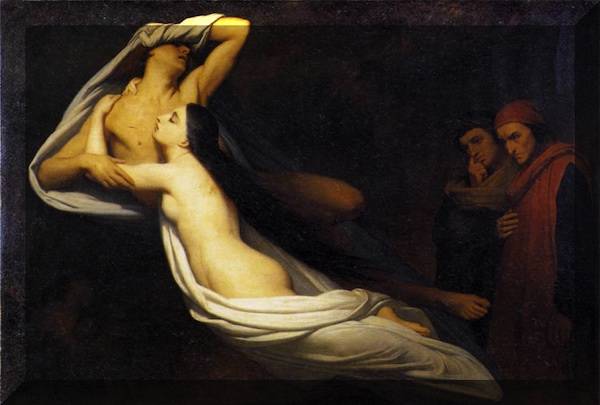
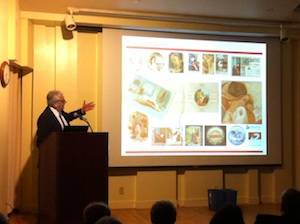
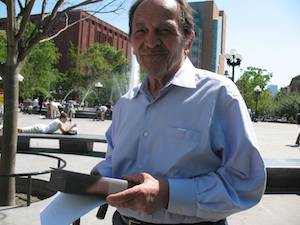
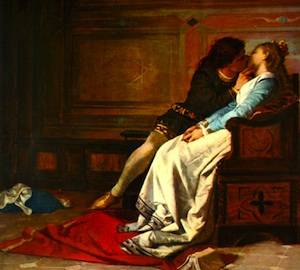
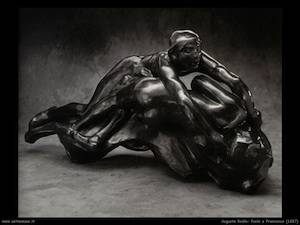



i-Italy
Facebook
Google+
This work may not be reproduced, in whole or in part, without prior written permission.
Questo lavoro non può essere riprodotto, in tutto o in parte, senza permesso scritto.